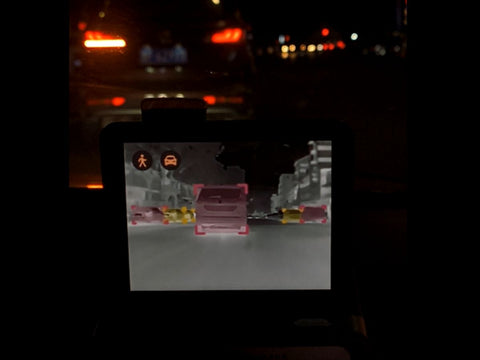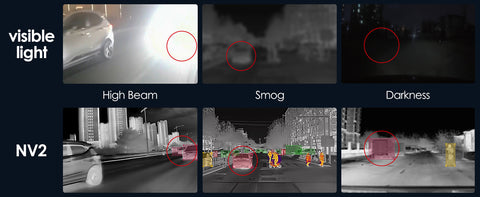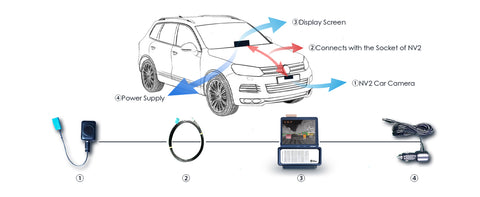Can You Add Thermal Night Vision To A Car
In the realm of automotive safety, advancements in technology have continuously sought to mitigate risks and enhance driving experiences. One such innovation that has gained traction in recent years is thermal night vision systems.
Understanding Thermal Night Vision Systems
Before delving into the possibility of adding thermal night vision to your car, it's essential to grasp the fundamentals of this cutting-edge technology. Unlike traditional headlights, which rely on visible light to illuminate the road ahead, thermal night vision operates by detecting heat signatures emitted by objects, animals, or pedestrians. This means that even in complete darkness or adverse weather conditions, thermal cameras can identify potential hazards, providing drivers with crucial information to navigate safely.
There are several types of thermal night vision systems available, ranging from standalone units to integrated solutions offered by automotive manufacturers. These systems utilize infrared sensors to capture thermal images, which are then processed and displayed on a screen within the vehicle's cockpit. By highlighting temperature variations, thermal night vision allows drivers to distinguish between living beings and inanimate objects, offering a level of awareness beyond the reach of conventional headlights.

Benefits of Adding Thermal Night Vision to Your Car
The advantages of integrating thermal night vision into your vehicle are manifold. Firstly, it significantly enhances visibility during nighttime driving, reducing the likelihood of accidents caused by poor illumination. Whether traversing poorly lit rural roads or navigating urban streets shrouded in darkness, thermal night vision provides an additional layer of safety by revealing potential obstacles that may go unnoticed with standard headlights alone.
Moreover, thermal imaging technology excels in detecting pedestrians, animals, and other vehicles, even in situations where visibility is severely limited. This early detection capability is particularly crucial in preventing collisions, as drivers can react promptly to unexpected hazards that may emerge from the darkness. By extending the driver's field of vision beyond the reach of traditional lighting systems, thermal night vision fosters a sense of confidence and control behind the wheel, especially in challenging driving conditions.

Can You Add Thermal Night Vision to Your Car?
The question on many motorists' minds is whether it's feasible to retrofit their vehicles with thermal night vision technology. The good news is that aftermarket solutions exist, allowing car owners to augment their existing vehicles with thermal imaging capabilities. These kits typically consist of a thermal camera, associated wiring, and a display unit, along with installation instructions to guide the process.
While the prospect of adding thermal night vision to your car may seem daunting, it's a relatively straightforward procedure that can be undertaken by experienced DIY enthusiasts or professional installers. Depending on the complexity of the chosen system and the specific requirements of your vehicle, installation times may vary, but the end result is well worth the investment in terms of enhanced safety and peace of mind.

In conclusion, the answer to the question, "Can you add thermal night vision to a car?" is a resounding yes. Thanks to advancements in technology and the availability of aftermarket solutions, drivers now have the opportunity to equip their vehicles with thermal imaging capabilities, thereby improving visibility and reducing the risk of accidents, particularly in low-light conditions. By embracing this innovative technology, motorists can navigate with confidence, knowing that they have a powerful tool at their disposal to enhance safety on the road.




